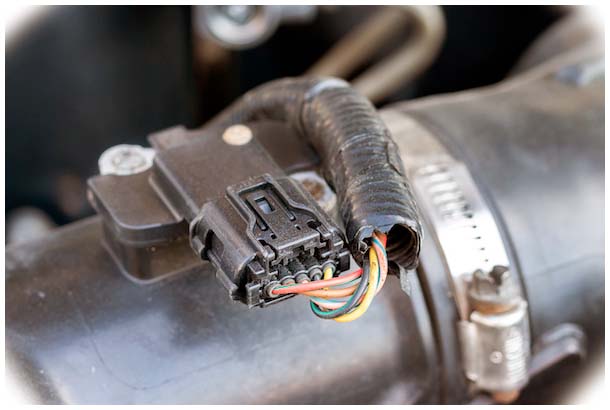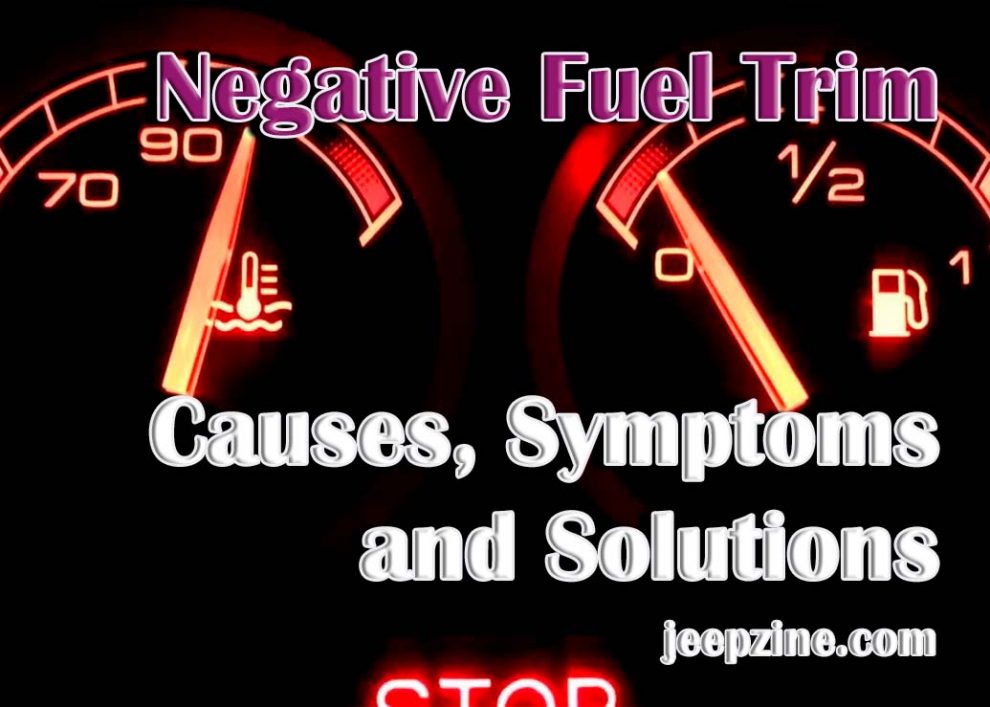Negative fuel trim is a term used to describe the engine’s ability to adjust its air-fuel ratio to maintain optimal performance. It is one of the most important aspects of engine management and can have a significant impact on your vehicle’s performance. This guide explains what negative fuel trim is, its causes, symptoms, impacts on engine performance, and how you can diagnose and fix it.
Negative fuel trim refers to the degree to which the computer in your vehicle adjusts the air-fuel mixture from where it should be for optimum performance. A negative fuel trim adjustment indicates that there is too much air present in the mixture, causing an imbalance between the quantity of air and fuel entering the combustion chambers of your engine. Consequently, this causes a decrease in power output since less energy can be generated from an overly lean air-fuel mixture than from an optimally balanced one.
Causes and Symptoms of Negative Fuel Trim

If your vehicle has negative fuel trim, you may experience reduced engine performance, poor acceleration, and reduced power output. You may also notice increased exhaust emissions due to the inefficient burning of the air-fuel mixture in the combustion chamber.
Diagnosing and Fixing Negative Fuel Trim Issues
If your vehicle is experiencing any of the symptoms mentioned above, it is recommended that you get it checked out by a qualified technician as soon as possible. The technician will first inspect your vehicle’s intake system for any leaks and then check the readings from the oxygen sensor and mass airflow sensor (if applicable) to determine if they are within normal operating parameters. Based on their findings, they will then be able to determine what needs to be done to fix your negative fuel trim issue. This may involve replacing parts such as spark plugs or oxygen sensors, cleaning or replacing fuel injectors, or adjusting the timing of the engine.
Negative fuel finishes can have a serious impact on your vehicle’s performance and emissions. It can be the cause of reduced engine performance. An air/fuel mixture that is too lean can reduce engine power, resulting in reduced acceleration and overall performance. It can also cause excessive exhaust emissions – an unbalanced air-fuel mixture results in incomplete combustion of fuel in the cylinders, leading to increased exhaust emissions that are harmful to both people and the environment.
Conclusion
Negative fuel trim is an important aspect of engine management that can have a significant impact on your vehicle’s performance if not addressed properly. If you suspect that your vehicle has negative fuel trim issues, it is important to get it checked out by a qualified technician as soon as possible. With proper diagnosis and timely repairs, you can ensure that your vehicle runs optimally with minimal emissions for years to come.


Add Comment